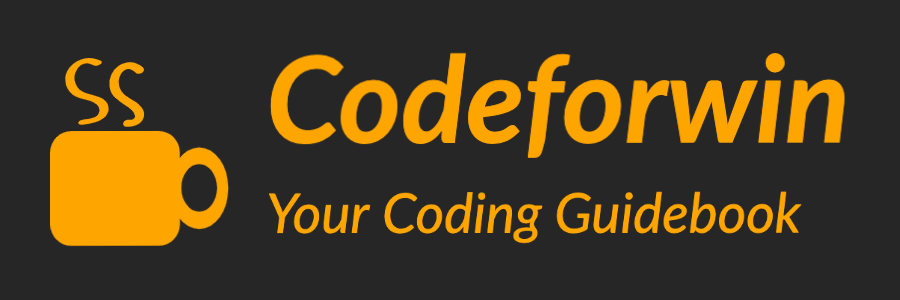Programming in Java has always been fun for me. With this post I begin the Java programming tutorials journey. In this post, we will learn how to write a simple Hello world program in Java. We will learn basic structure of a Java program, how to write, compile and execute a Java program.
Structures in C programming, need and use
Structures in C, is an advance and most popular topic in C language. It facilitates you to design your custom data type. In this tutorial, we will learn about structures in C its need, how to declare, define and access structures.
Dynamic memory allocation in C programming
Dynamic memory allocation refers to the process of manual memory management (allocation and deallocation). Dynamic memory allocation in C is performed via a group of built-in functions malloc(), calloc(), realloc() and free(). Some text also refer Dynamic memory allocation as Runtime memory allocation.
C program to check positive negative or zero using switch case
Quick links
Write a C program to input a number and check positive negative or zero using switch case. Checking negative, positive or zero using switch case is little tricky. In this example, I will explain how to check positive negative or zero using switch case. However, it is not recommended way, it’s just for learning.
10 cool bitwise operator hacks and tricks every programmer must know
Bitwise operators are used to manipulate data at its lowest level (bit level). Data in memory (RAM) is organized as a sequence of bytes. Each byte is a group of eight consecutive bits. We use bitwise operators whenever we need to manipulate bits directly. In this post I will show you some cool bitwise operator hacks and tricks. These hacks will boost your programming skill.
Compile time and runtime memory allocation
Quick links
Data at the centric level is most crucial part of every program that you have written. All programs contain memory allocation, deallocation and data manipulation. In this article, I am going to discuss about memory allocation and different ways to allocate memory in C.
File handling exercises and solutions in C
Files are used to store data permanently on hard disk. C programming supports built in library function to interact with files and directories. I have compiled a list of file handling exercises with solution for beginners and intermediate programmers.
C program to list all files in a directory recursively
Quick links
Write a C program to list all files in a directory. How to list all files in a directory recursively. How to use readdir() function to list all files in a directory recursively. Logic to list all files and sub-directories of a directory in C programming. How to use opendir(), readdir() and closedir() library functions.
C program to rename a file using rename() function
Quick links
Write a C program to rename a file using rename() function. How to rename a file using rename() function in C programming. rename() function in C programming.
C program to check whether a file or directory exists or not
Write a C program to check whether a file or directory exists or not. How to check file or directory exists or not in C programming. What is the best way to check file or directory exists or not in C programming.
